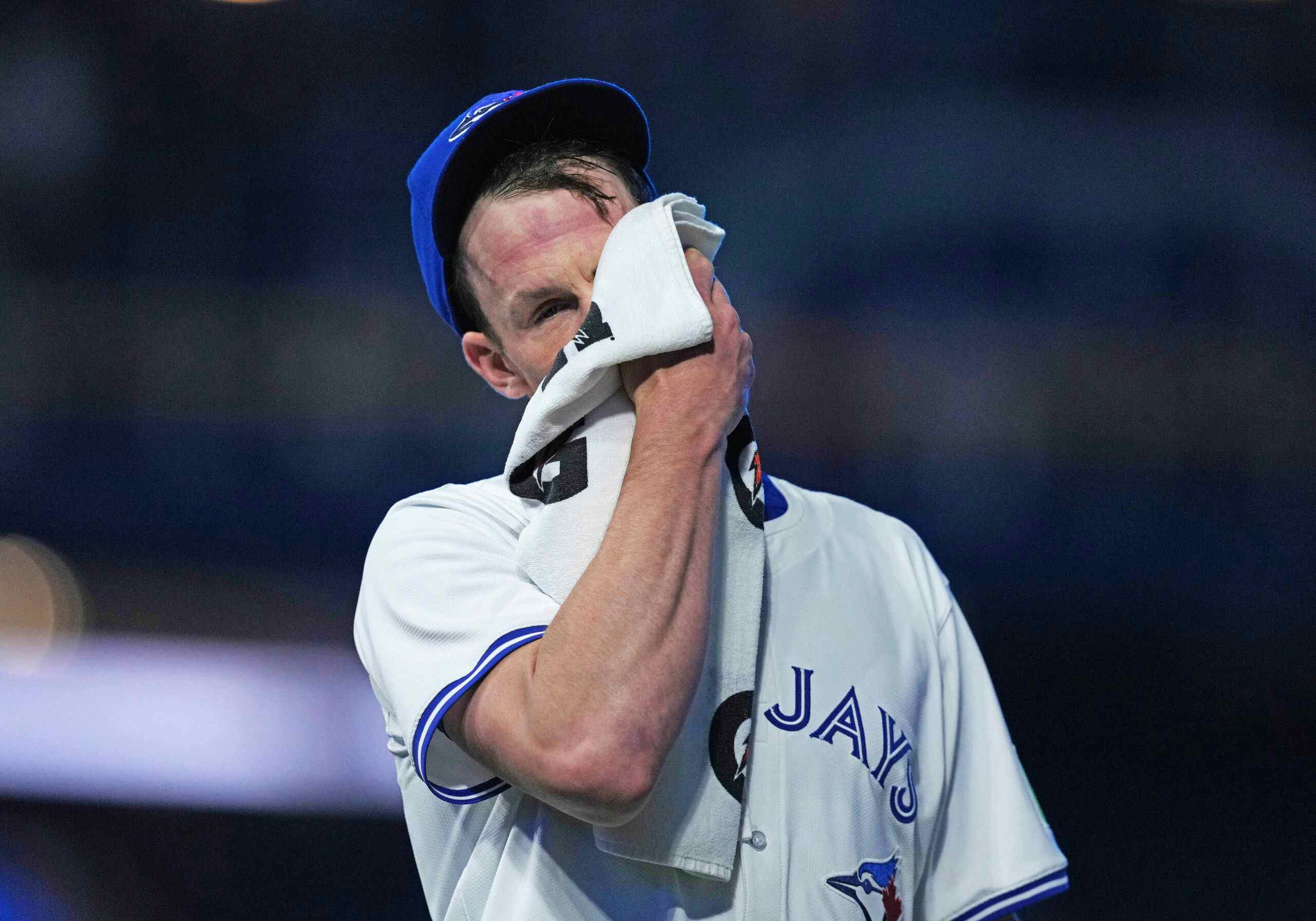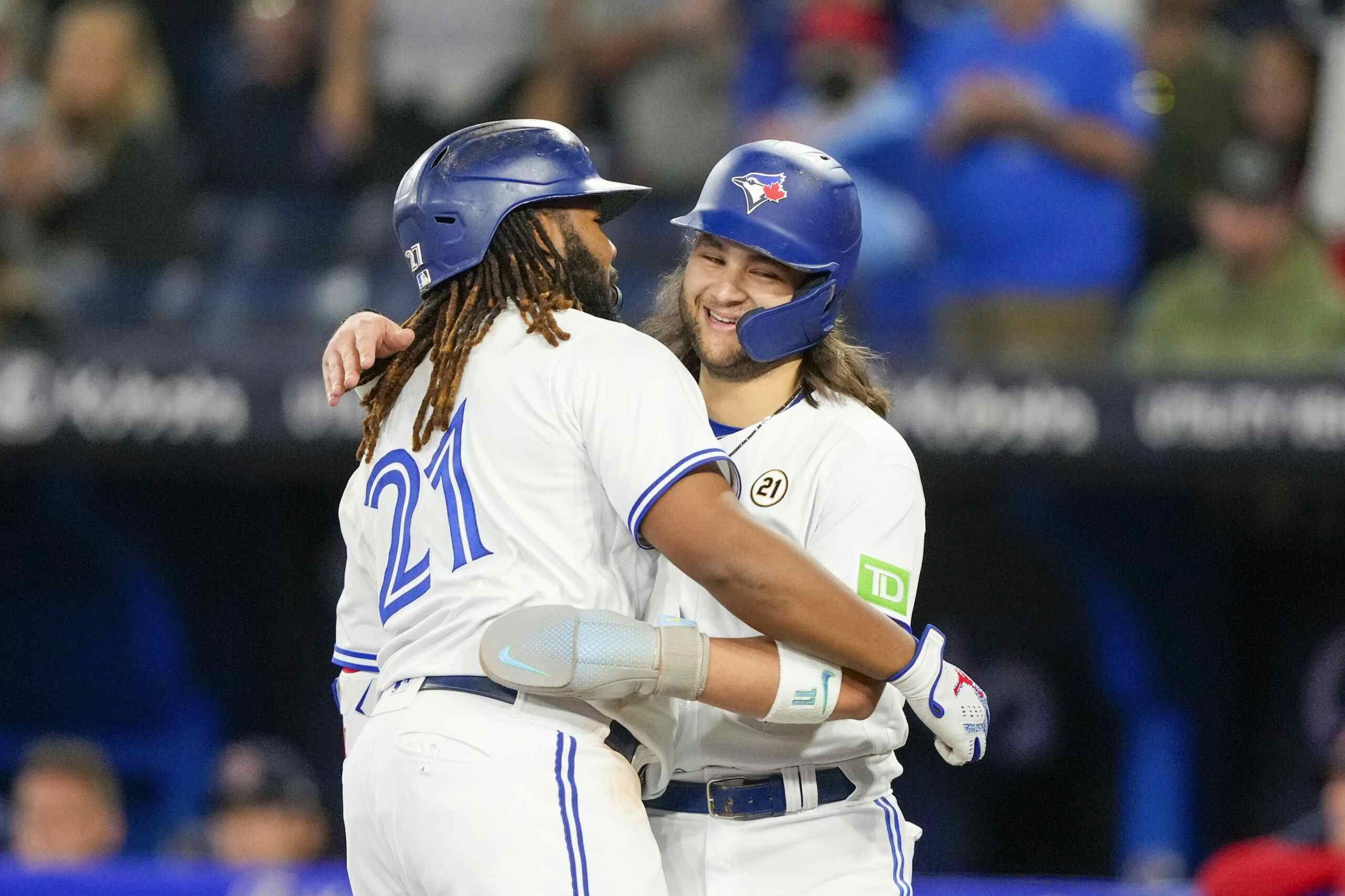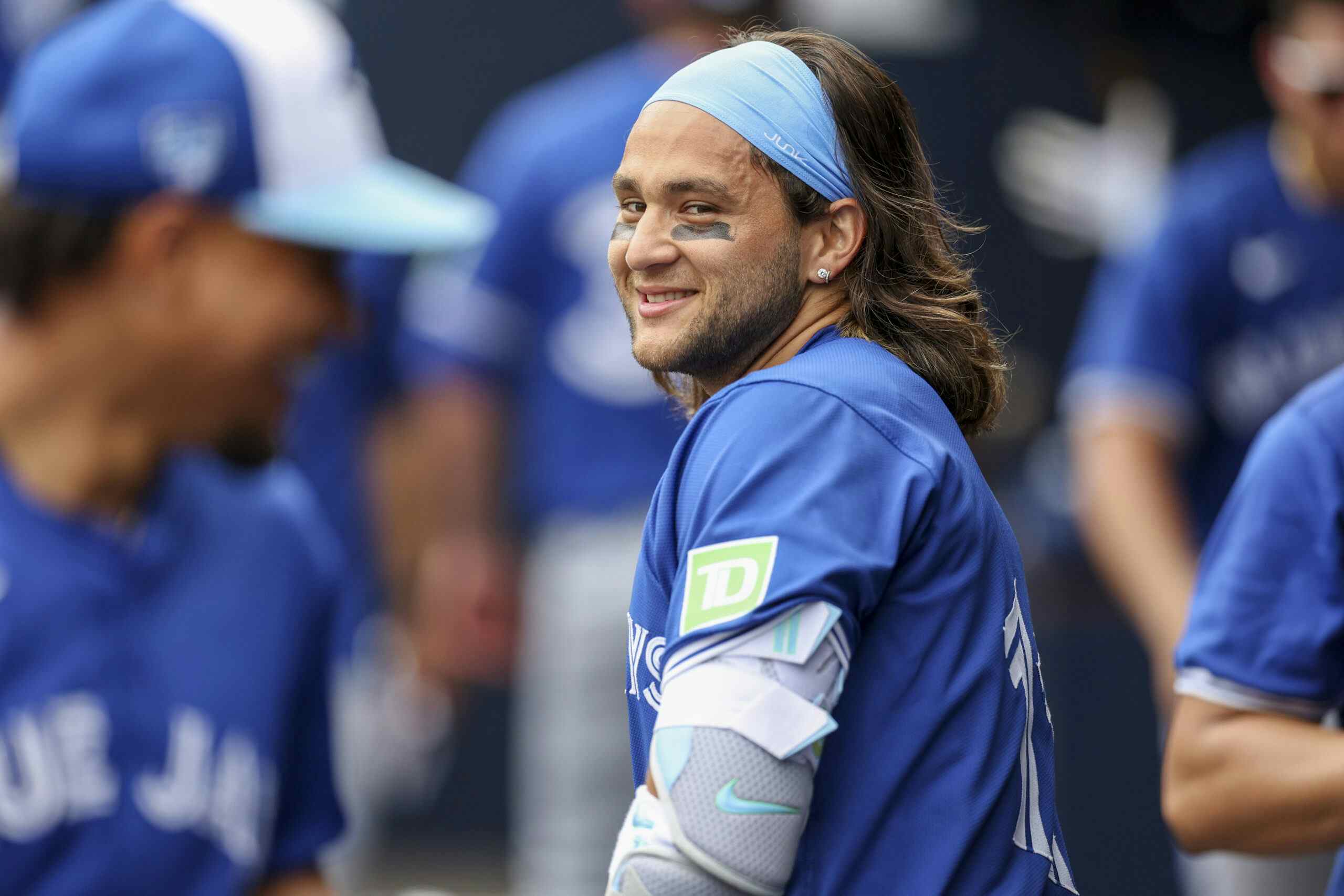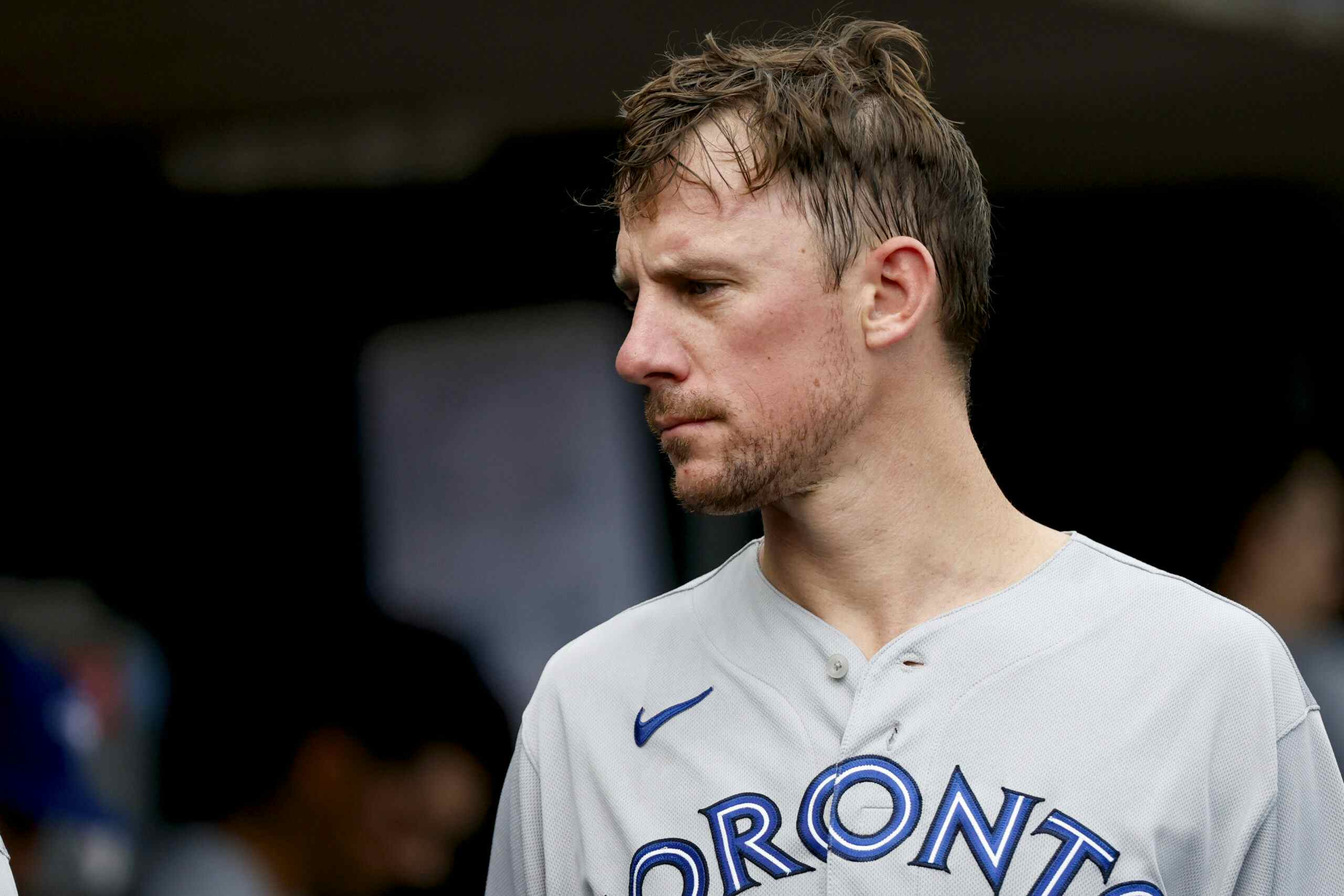Lott: It’s time for the National League to embrace the DH, or the American League to do away with it
By John Lott
7 years ago
Photo Credit: John Lott
In his classic 1930s baseball story, Babe Ruth Visits Lake Wobegon, American humorist Garrison Keillor takes a sidelong swipe at the designated hitter rule. As Keillor recites the yarn, the Babe was sick on the autumn day he brought his barnstorming team by train to Keillor’s apocryphal Minnesota town. Too sick to take the field against the local team, which, naturally, unsettled the capacity crowd.
So some folks got the bright idea to change the rules for this exhibition game. If the Babe couldn’t play in the outfield, then he could at least take his hacks.
“He could bat for the pitcher!” came the cry. “It wouldn’t hurt anybody. People here want to see him bat.”
But the majority overruled that notion.
“This was a different time in our history,” Keillor intoned, “when a man did not pick up a bat unless that man was willing to pick up a glove.”
It was a bedrock principle as sacred as loyalty and patriotism, Keillor declared. Let a man bat without playing defence and societal decay was sure to follow.
That has forever been the position of the National League, notwithstanding that the American League, desperate for more offence, adopted the DH rule in 1973. More than four decades later, Major League Baseball is the only professional sport that blithely allows its games to be played under two separate sets of rules, most notably in the World Series, its most important games of the year.
So MLB – which is fond of invoking “the integrity of the game” at the slightest provocation – sabotages its own integrity by continuing to do something no other sport would even consider: different rules for different locations. Depending on the venue, you either gain or lose a hitter. Either you have a DH or you don’t. Either your pitcher hits or he doesn’t (and even if he does, he usually doesn’t).
And nobody seems to bat an eyelash at the irrationality of it all.
So we are left with games like the Blue Jays played in San Francisco on Wednesday, when one pitcher (R.A. Dickey) pinch-hit for another pitcher (Jesse Chavez) and couldn’t get down a sac-bunt in three tries. And we have Gavin Floyd, with five hits in 75 at-bats, forced to bat for himself so he can keep pitching, which is his primary job and which he did exceedingly well.
That the Blue Jays lost that game is irrelevant. It was, however, a game that underscored the contrasting realities of MLB’s two leagues. In the AL and NL, rosters are built differently, because MLB happily sanctions the comingling of two sets of rules for its two leagues.
On a day-to-day basis, there is no way to gauge how this bizarre contradiction affects the outcome of pennant races. But it is inherently unfair and dishonorable. And it is high time for sense and sensibility: either put the DH in both leagues or get rid of it.
***
Imagine: your favourite NBA team has a terrific big man who scores a tonne from the field but can’t hit a free throw if his life depended on it. Wilt Chamberlain was like that.
“The designated hitter rule is like letting someone else take Wilt Chamberlain’s free throws,” Boston pitcher Rick Wise said in 1974.
So, after all these years, why hasn’t the NBA followed the example of MLB and let teams appoint a designated free-throw shooter?
Because the notion is so ridiculous that no one in his right mind would ever consider it.
You can appreciate why Rick Wise might be a tad cocky. First, his comment came almost half a century ago, not that far removed from Babe Ruth’s fictitious trip to Lake Wobegon. Second, Rick Wise once pitched a no-hitter and helped win it by hitting two home runs.
But Wise’s career batting average was .195, which is close to 50 points above the average for a major-league pitcher in this century, but still pretty underwhelming. Bartolo Colon hits a home run and everyone gets excited. Colon’s career average is .090. Madison Bumgarner comes to bat on Wednesday, and the Blue Jays’ TV announcers make him sound like the second coming of Barry Bonds. Bumgarner’s career batting average is .180.
Starting with Wednesday’s games and going back to 2006 on a yearly basis, MLB pitchers collectively batted between .122 and .146. Raise your hand – better yet, add your comment below – if your eyes light up when a pitcher comes to the plate, especially with two outs and a man on second and your favourite team at bat.
Maybe raise your hand too if you like watching your favourite team strike out. (If your team is the Blue Jays – second in MLB in strikeouts – you must really be having fun.) In every year since 2006, the strikeout rate in MLB has increased, from 16.5 percent that year to the current rate of 21.1 percent.
And since the start of the 21st century, scoring in big-league baseball has decreased by 21 percent.
***
Unless they are stuck in Lake Wobegon, fans who favour letting pitchers continue to hit are likely to face incremental disappointment.
“A look at the state of pitcher hitting as a developmental objective suggests that the universal DH could be just around the corner,” according to an October 2015 article in Baseball Prospectus by Brendan Gowlowski. “More and more, pitchers coming into the league haven’t swung a bat in anger since puberty, and teams generally place little more than a cursory emphasis on helping their personnel improve. There’s little evidence to suggest that the next batch of pitchers will hit much better than what we’ve seen over the past decade.”
AL pitchers, of course, conjure up their high-school days when they take batting practice and figure it’s like riding a bicycle. It isn’t. With apologies to Bartolo Colon’s lightning in a bottle, watching pitchers hit is an event best viewed through cupped hands.
Exceptions have emerged. In 1988, Rick Rhoden of the Yankees actually started a game as the DH, the only pitcher ever to do so, which speaks sadly to the state of the Yanks in those days. He batted seventh, ahead of Rafael Santana and Joel Skinner. He grounded out and hit a sacrifice fly before giving way to a pinch-hitter.
But Rhoden had some cred. Over his 16-year career, he hit .238 with a .576 OPS, nine homers and 75 RBIs.
Even though they’re in a different league, perhaps NL owners cling to the memory of Rick Rhoden, who spent most of his career in their environs. The last time NL owners took a vote on the DH, it was 1980. There were 12 teams. Four owners said yes, five said no and three chickened out by abstaining. No votes have been taken since.
Let’s make this simple.
Baseball needs offence. One of its leagues insists on batting a weak hitter eighth and a non-hitter ninth. A universal DH would change that inequality.
And when it comes to the World Series, and the regular season too, logic dictates that every game be played under the same rules.
Personally, I don’t care if MLB keeps the DH or not. What’s important is that universal rules apply.
Or maybe you think having a designated foul shooter for your favourite NBA team makes eminent sense.
Recent articles from John Lott





